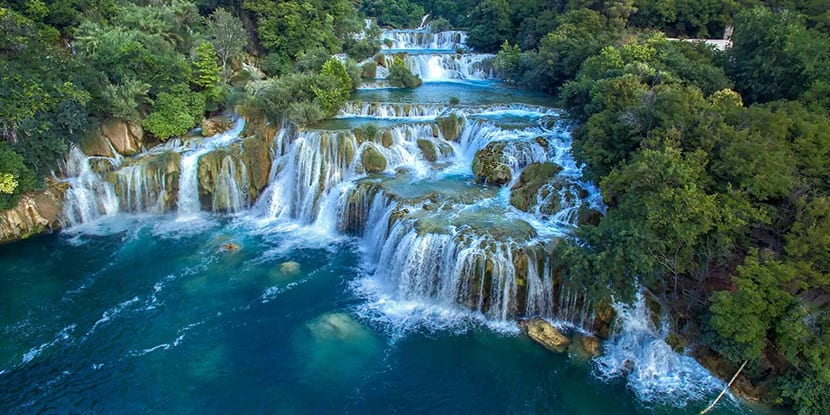
Croatia, a new pearl on the European tourist map, has many destinations of great natural beauty and one of them is the Krka National Park. Now that summer is approaching and being outdoors becomes essential, how about traveling to Croatia and getting to know it?
It is one of the many national parks in the country and is so named because it is crossed by the Krka River, a river known for its beautiful waterfalls, which is located in the region of Dalmatia, with its source near the border with Bosnia and Herzegovina. Are you ready for hikes, boating and plunging into waterfalls?
Krka National Park

El Krka river It is then born at the foot of the Dinara mountain, it goes into the Knin valley, forms waterfalls and caves and then flows through the interior of a huge canyon 200 meters deep. From there the Krka National Park begins and forms more waterfalls and ponds until it becomes navigable from the sea and ends in the Bay of Sibenik, connected to the Adriatic Sea. It covers a total of just over 72 kilometers along which there are about seven waterfalls.
El park it is close to the town of Sibenik and it is a protected site since the mid-80s. It has a total of 109 square kilometers.
Tourism in Krka National Park
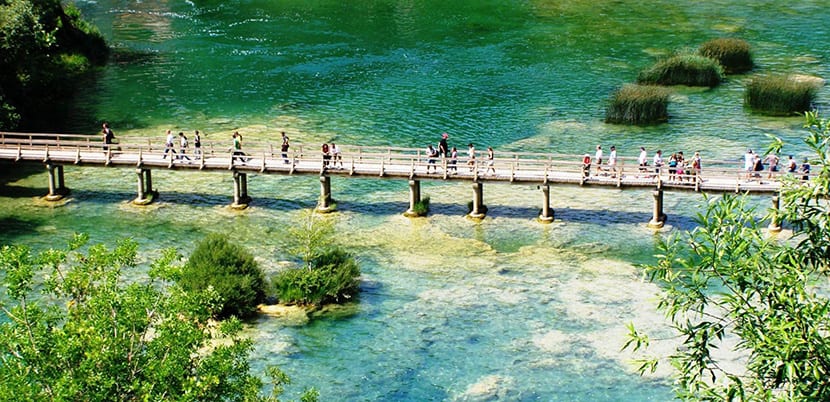
You can hire one excursion from Omis, Makarska or Split. There are companies that organize groups and come and go in cars or minivans. Obviously you can also go in bus from Zadar, Split, Dubrovnik, Zagreb or Sibenik.
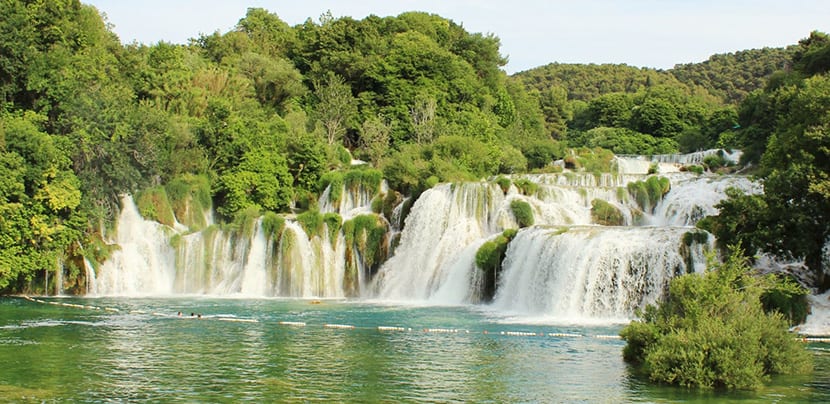
Sibenik is the closest city but Zadar and Split are not that far. In general, because the park is close to the coast, it is very visited by those who travel the Croatian coast. One hour from the park are also the airports of Split and Zadar and from there you can go to the bus station and take one to Skradin, that's where the park entrance is. Allow an hour and a half to travel.
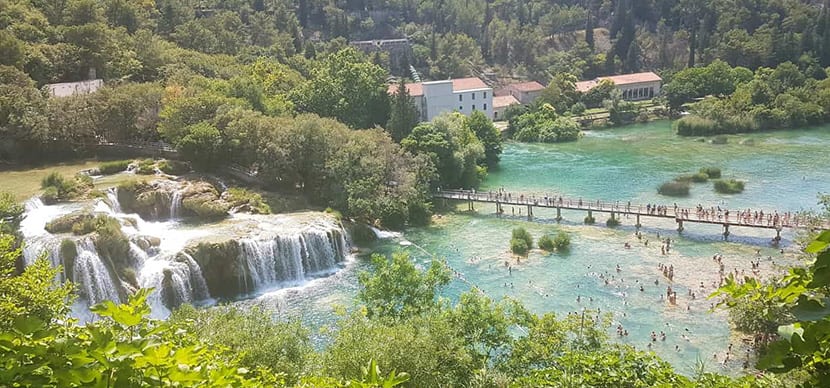
Among so many options, the best thing is to travel somehow to Sibenik and from there take a local bus. Buses run every day, all year round, and there is service to Skradin and to Lozovac, where there is another entrance to the park. Are you in Zagreb? Then you can grab a direct busor it takes four and a half hours. Are you in Dubrovnik? There are no direct buses and because of the distance, which is not little, does not serve as a day trip You even have to plan something longer and pass yes or yes through Split or Sibenik.
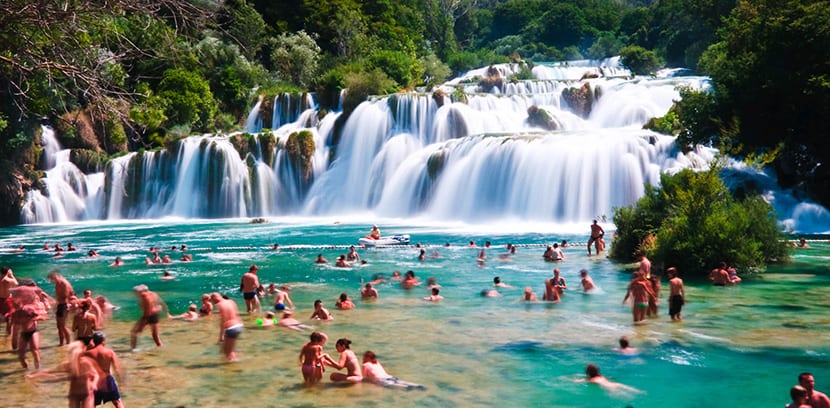
Tickets to enter the park can be purchased on the website. Between June and August the tickets are more expensive, about 200 kuna per adult and 120 for children between 7 and 18 years old. From April to June and from September to October 110 kuna per adult and 80 per child and from November to March 30 kuna per adult. July and August, if you enter before 4 pm you pay a discount, 145 kunas.
These tickets include boat trips from Skradin to Skradinski and from Lozovac to Skradinski, but you should know that in winter they do not work. You can also buy tickets at the park entrances but if you go in summer consider that there are always many people. There are even cheaper tickets if you only want to visit certain sectors of the park. To know more visit the website.
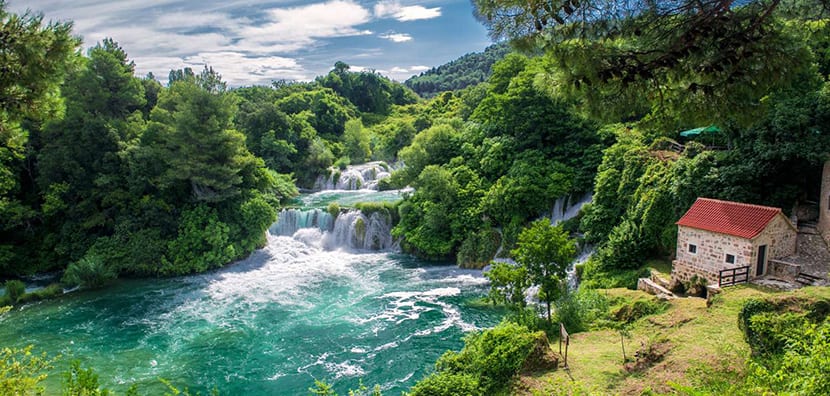
The park, in addition to its beautiful waterfalls, it is a place with a lot of flora and fauna. There are more than 800 species of plants, reptiles and amphibians, 200 species of birds and an estimated 18 species of bats that live here. But the waterfalls are what attract tourism.
These waterfalls are concentrated in a huge natural pond, with clear waters, where the waterfalls are marvelously intertwined. Is about skradinki and there are some 17 waterfalls of different heights but with a difference between the first and the last of 47 meters high. It is thus the longest waterfall on the river and still today you can see the traditional water mills, some old, others restored.
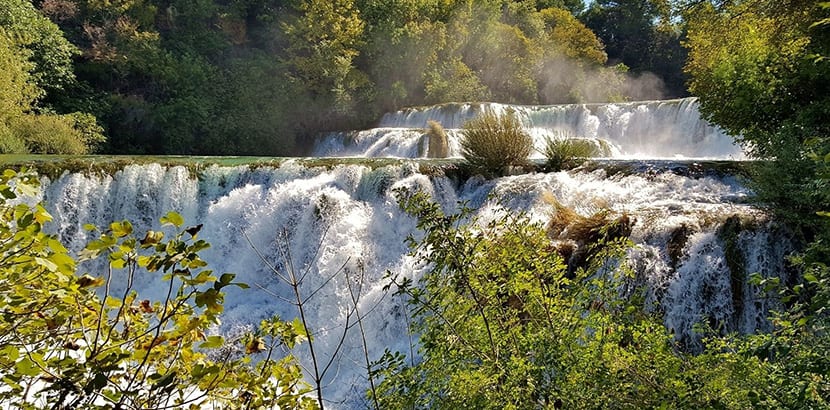
Another well-known waterfall is the Roski slap waterfall or great waterfall because it is more than 22 meters high. Slap means, in Croatian, waterfall. It is actually a series of 12 waterfalls in a space of 450 meters with the highest of 22 and a half meters and 60 meters wide.
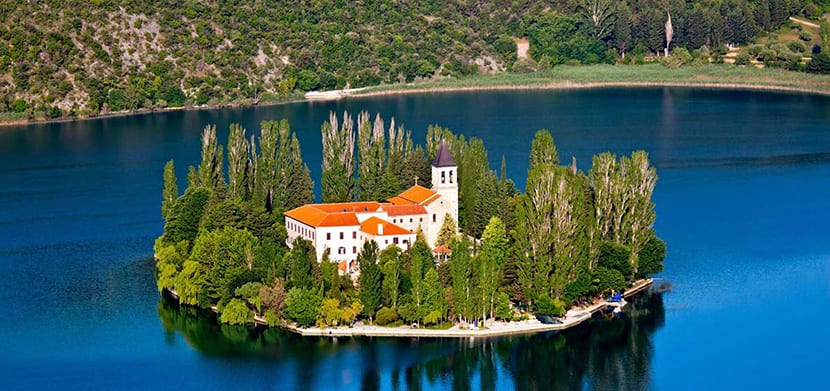
Other popular sites are the Visovac Island and Krka Monastery. The monastery is of Orthodox Christianity and dates from the XNUMXth century. You can visit its Byzantine church with its old Roman catacombs. For its part, the island has another monastery, but a Franciscan one, from the XNUMXth century, with a collection of old dishes and fabrics and a precious library.
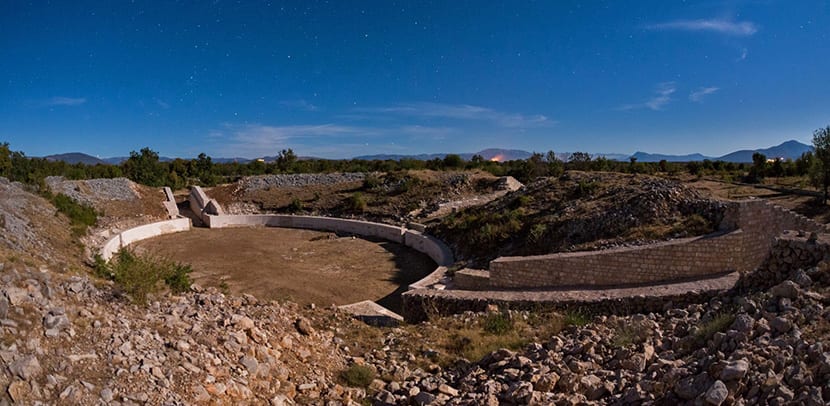
Finally, Croatia has also passed the Romans so you can see these footprints on the archaeological site of Burnum / Pujlane: what remains of a Roman amphitheater and a military camp and an exhibition of everyday things, tools and Roman weapons.
With so much to see and know and with water everywhere, the best way to complete the tour is combine long walks with boat rides. Many of these boats leave from Skradin. These excursions allow you to appreciate the great natural beauty of the park in a super relaxed way, also include the option of stopping and taking walks or witnessing guides' talks.
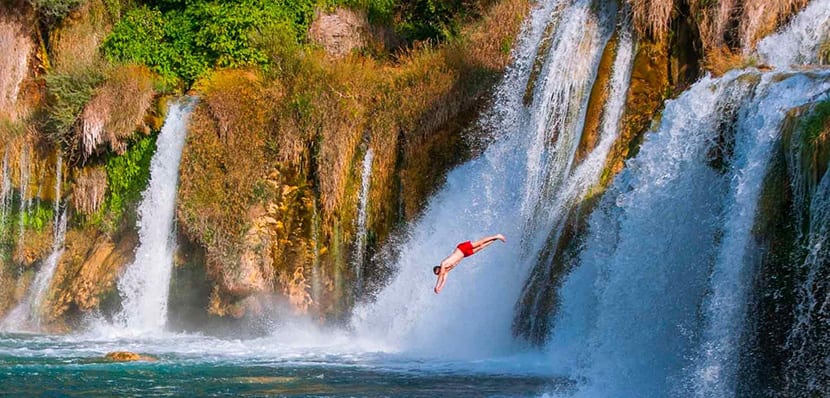
Can you swim here? Hard question. You see these pictures and you want to get naked right away. Yes, contrary to other sites in Croatia yes you can swim but not always. On the website they usually say whether or not it is allowed and where. Finally, if you come from Dubrovnik, as we said, the distance is long and it is advisable to plan to spend a couple of days. You can stay very close to the park, in Skradin, for example, or a little further afield, in Sibenik. Lucky!